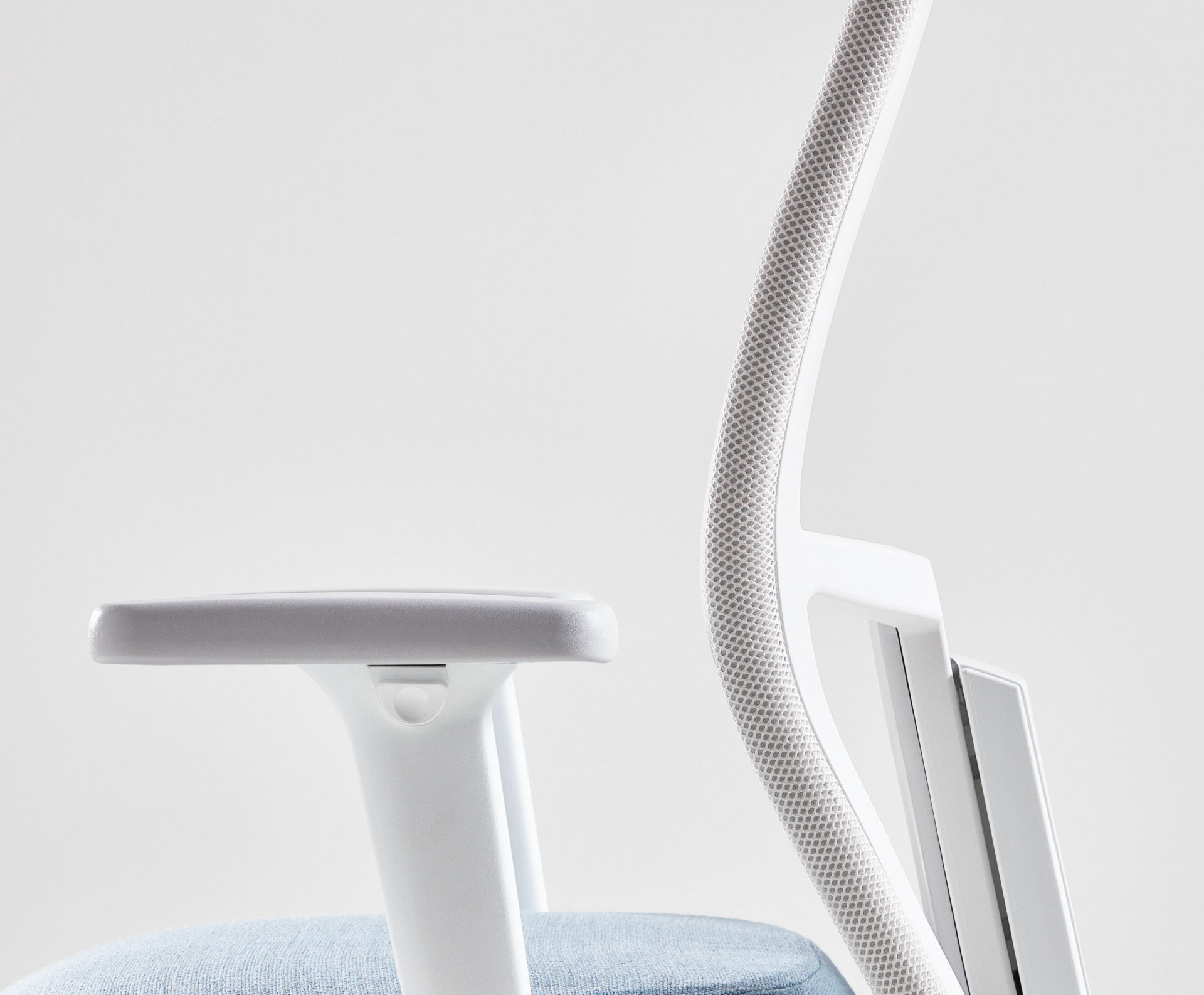
Our physical workplace is what we usually think of first when we consider the work environment and ergonomics. But ergonomics is not just about making life easier for the body, but also for the brain, in what’s known as cognitive ergonomics. Physical and cognitive ergonomics play major parts in employee performance, job satisfaction and health.
Cognitive ergonomics focuses on how well the use of a product matches the cognitive abilities of its users. It is based on knowledge of perception, mental processing and memory. On average, we sit for 8 hours and 40 minutes every day, and our brains receive 11 million sensory inputs every second. We think 50,000 thoughts a day, so who can be bothered to worry about how to properly adjust a chair? Savo’s chairs promote both good physical and cognitive ergonomics as they support the body and match our cognitive capacity. They are unambiguous, user-friendly and easily and quickly understood. At Savo, we call this intuitive design.
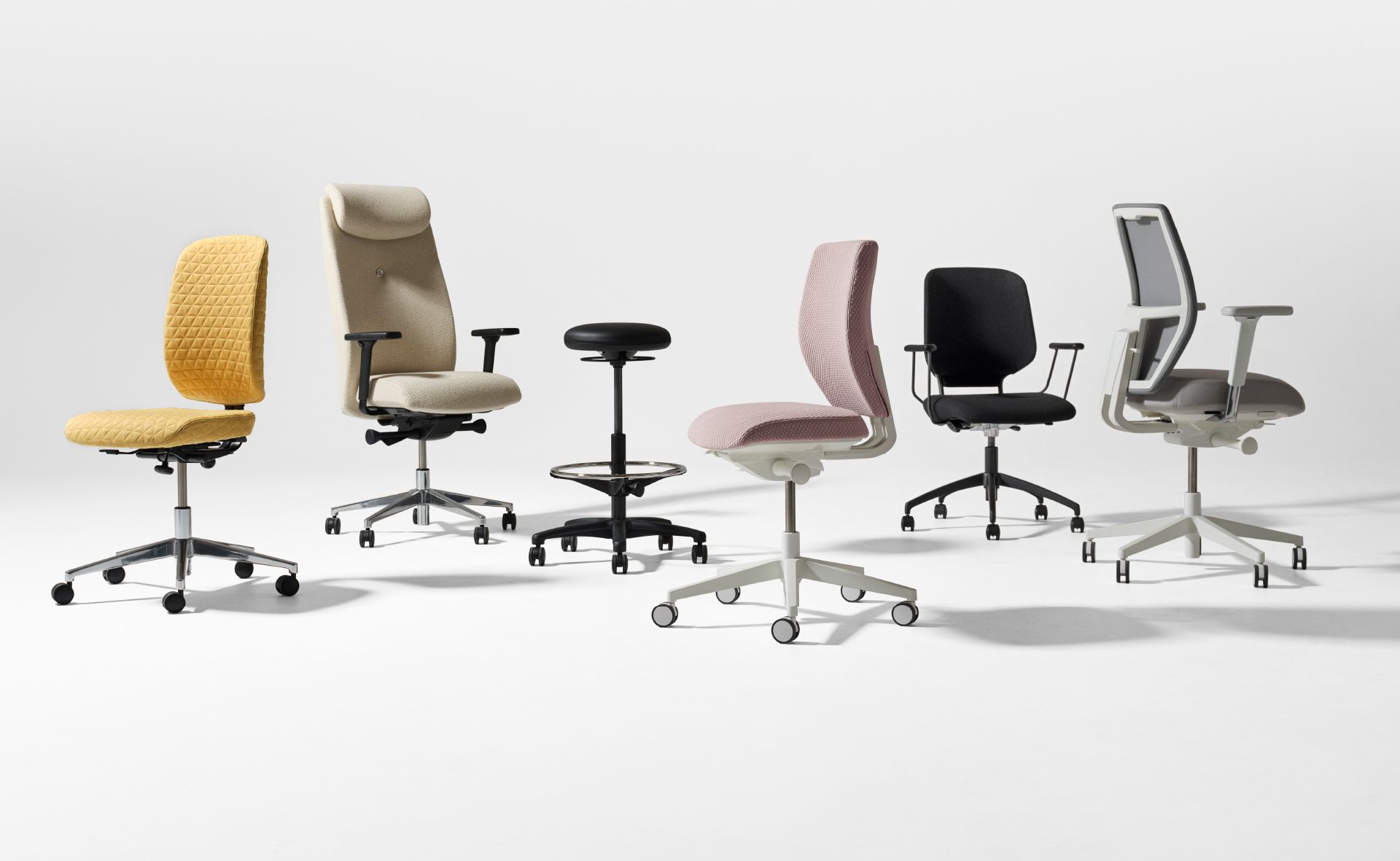
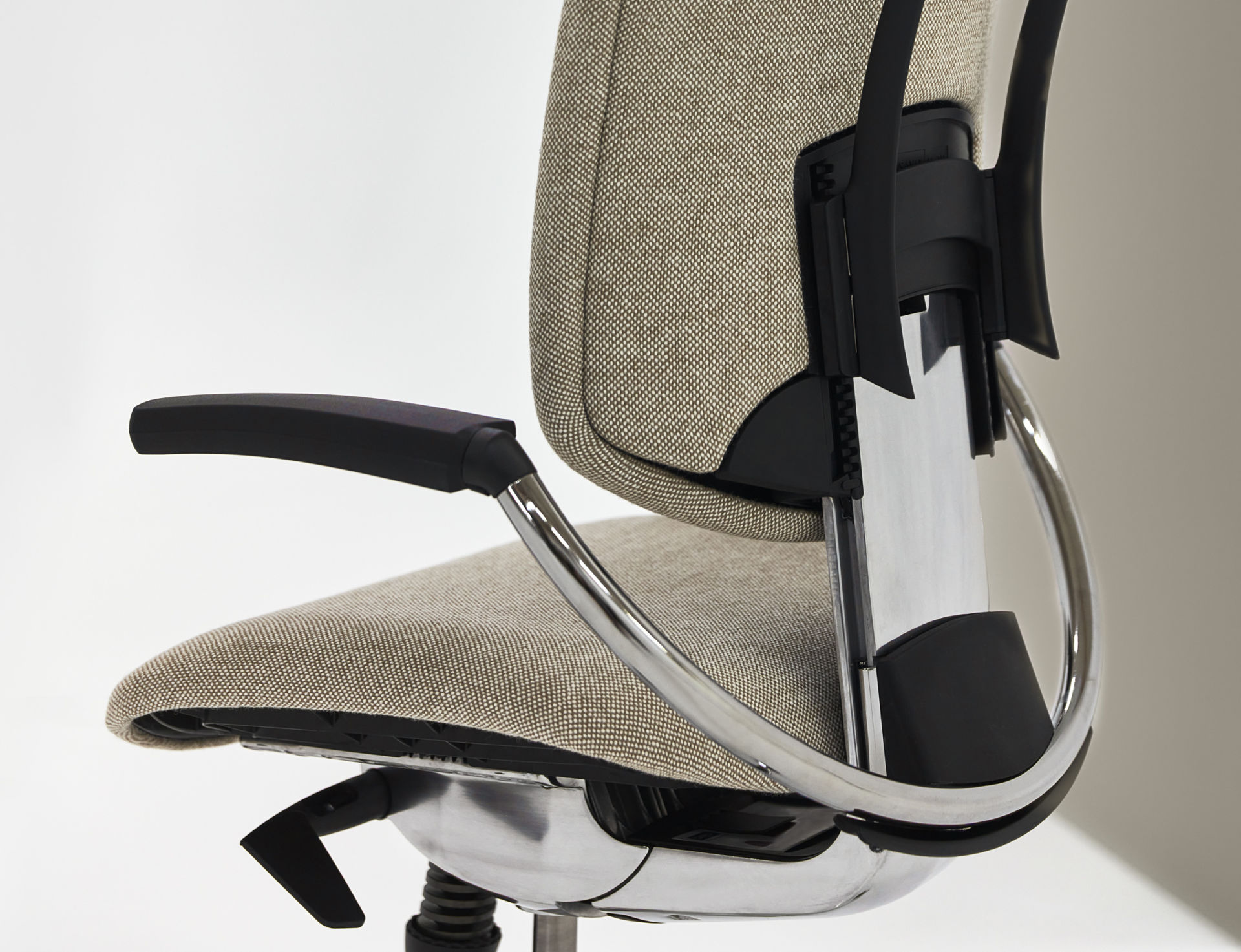
Chairs for different needs and activities
A good work chair is an important part of an office’s overall ergonomics. Not only must chairs be suitable for many individuals if everyone is to sit comfortably at work, but there must also be chairs to suit different activities and needs. Safety, comfort and control are at least as important as performance, variety and a sense of community for motivation and job satisfaction. Savo’s chairs meet the needs of the vast majority of employees and provide seating that allows them to focus on their work, not on the chair.
PERFORMANCE
The brain accounts for no less than 20 percent of a person’s total energy consumption. When the pace of work is high, stress taxes the body as well as the brain if your posture is poor for too long.
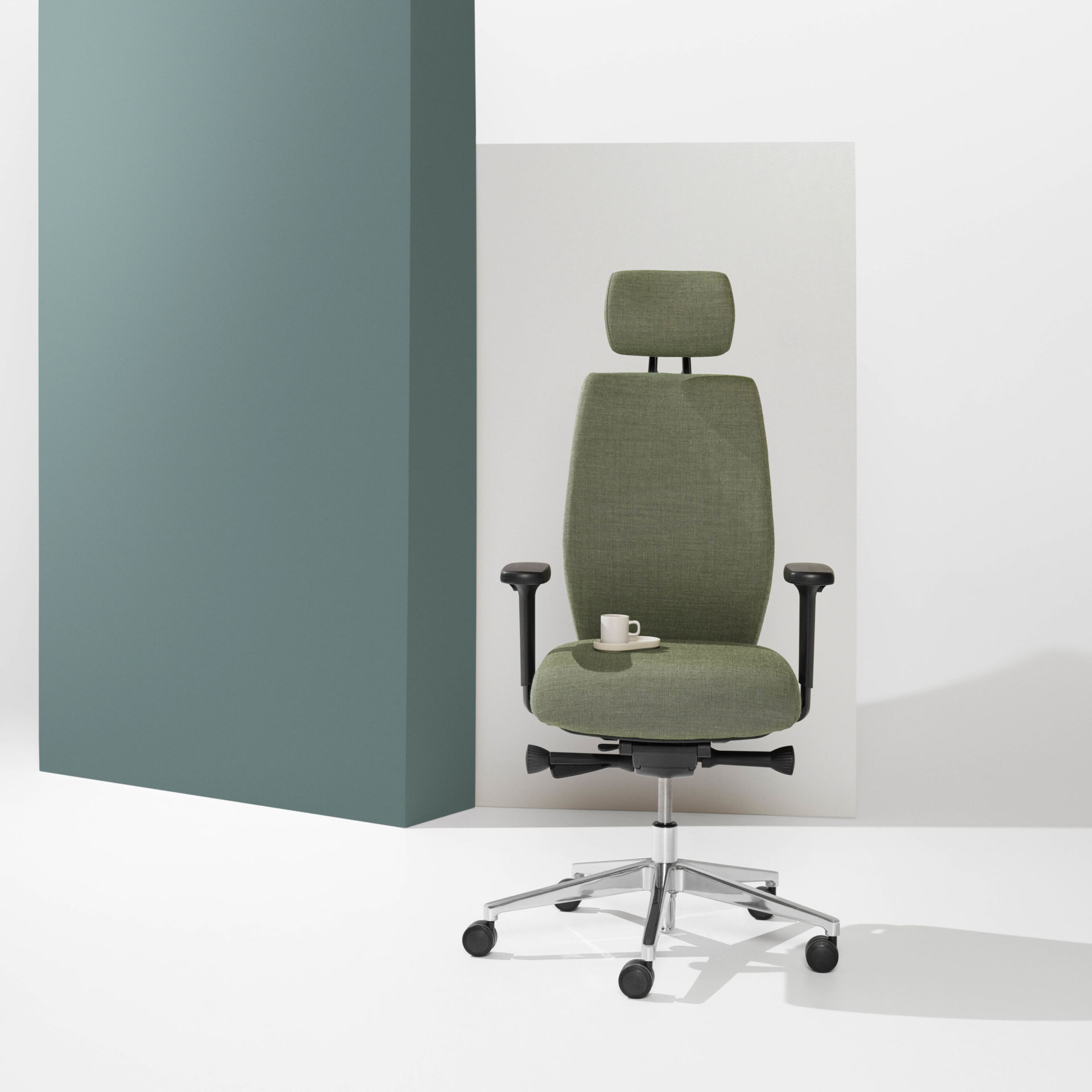
Savo Soul is a work chair that can handle many hours of intense concentration in front of a monitor. The chair follows the body’s movements, keeps your back upright and provides support in every position. The seat reduces pressure on the thighs and improves circulation. Logically placed controls allow everyone to sit well all day long.
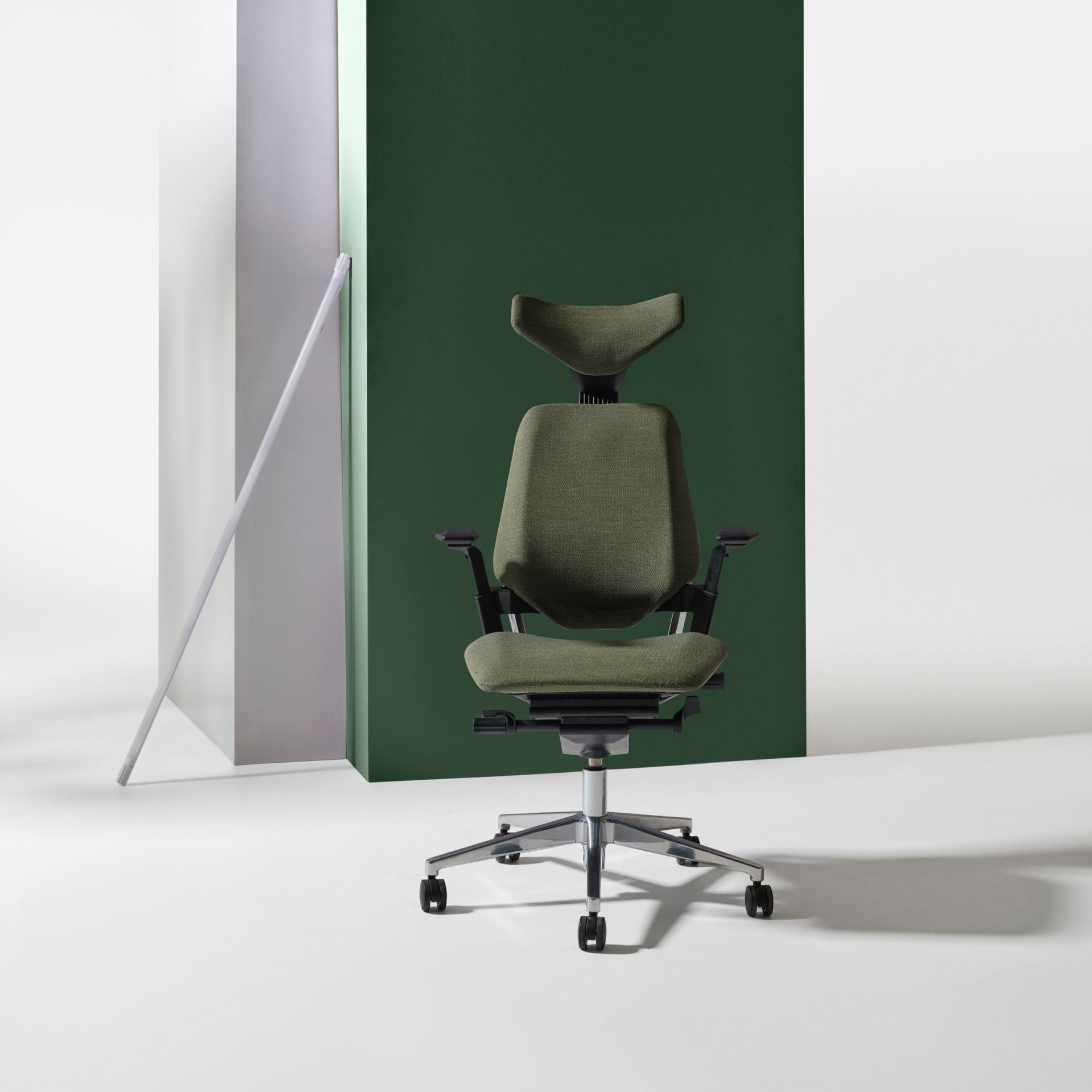
Savo S3 takes the strain, providing proper support for comfortable sitting throughout the working day. With its optional head rest, S3 is the closest thing to a gaming chair you can get at the office.
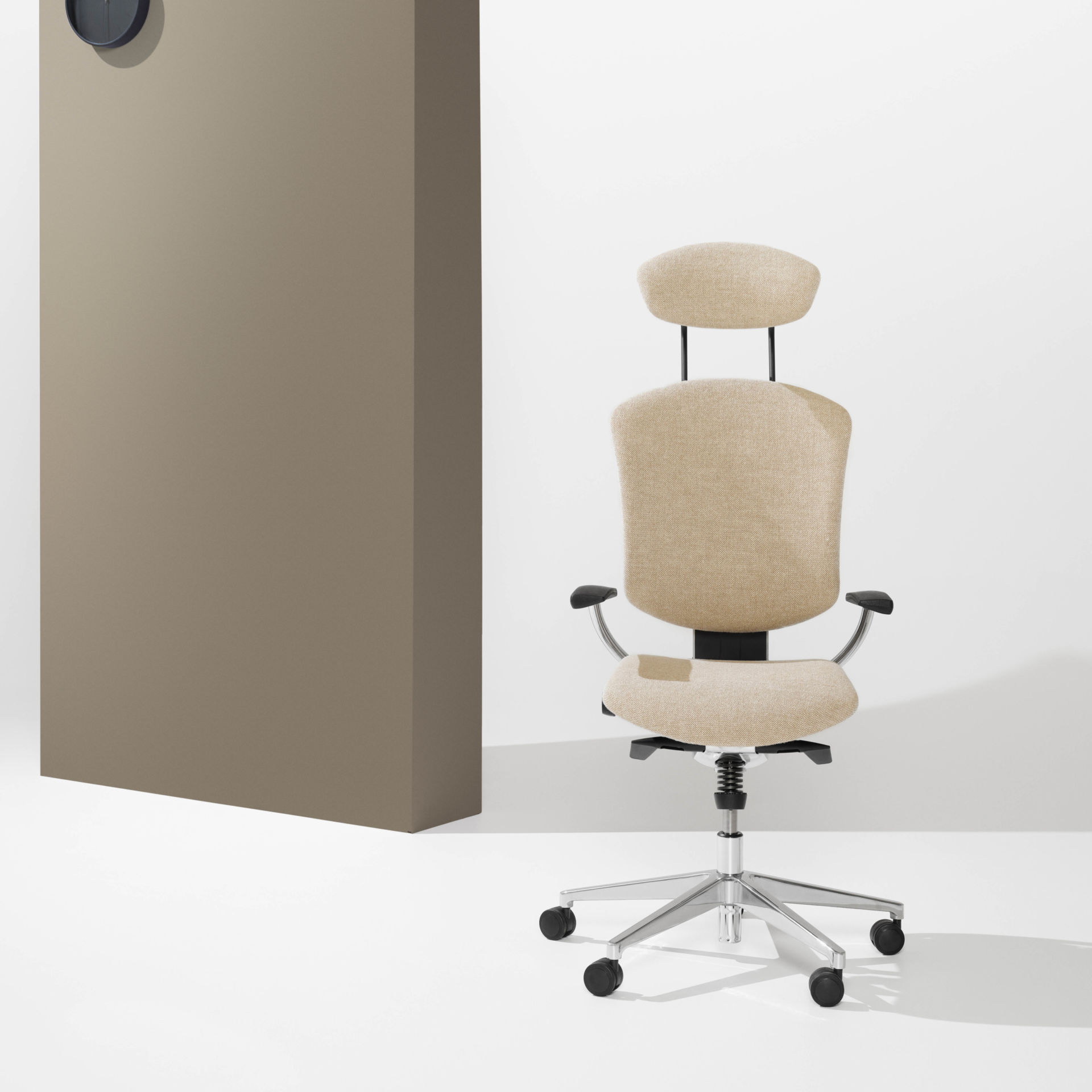
Savo Maxikon lets you work all day long safe in the knowledge that your body will enjoy the support it needs.
VARIATION AND MOVEMENT
On average, a person can concentrate fully on something for 90 to 120 minutes, but probably for less depending on the environment and the task. Besides breaks at work, we need to vary our tasks and surroundings in order to develop and thrive, so switching places and seats during the day is good for your concentration, mood and body.
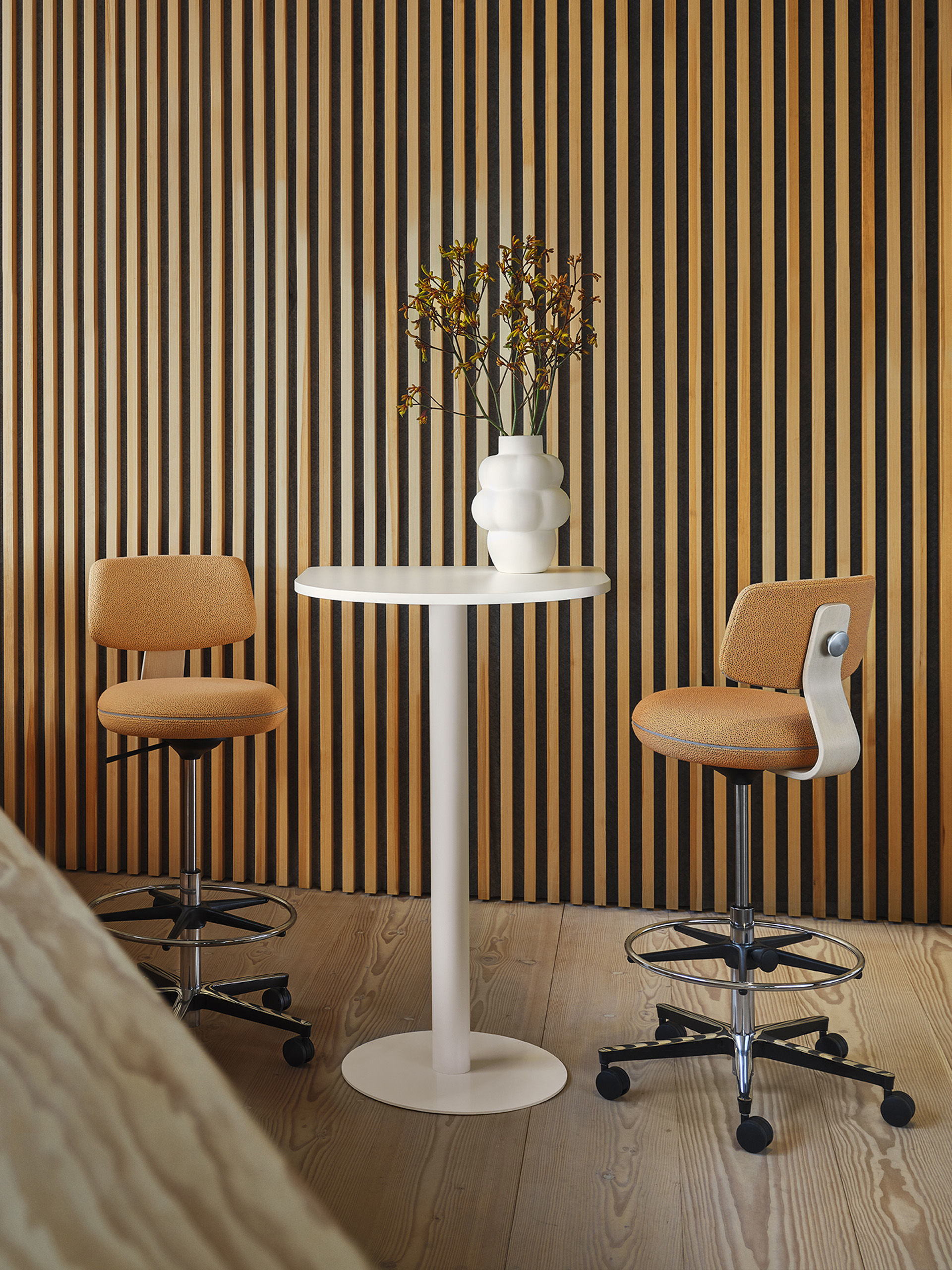
Savo 360’s back has natural ‘give’ that allows movement, making it an ideal seat for working half a day. The seat also has a tilt function enabling the occupant not only to lean back, but more importantly and uniquely, forward.
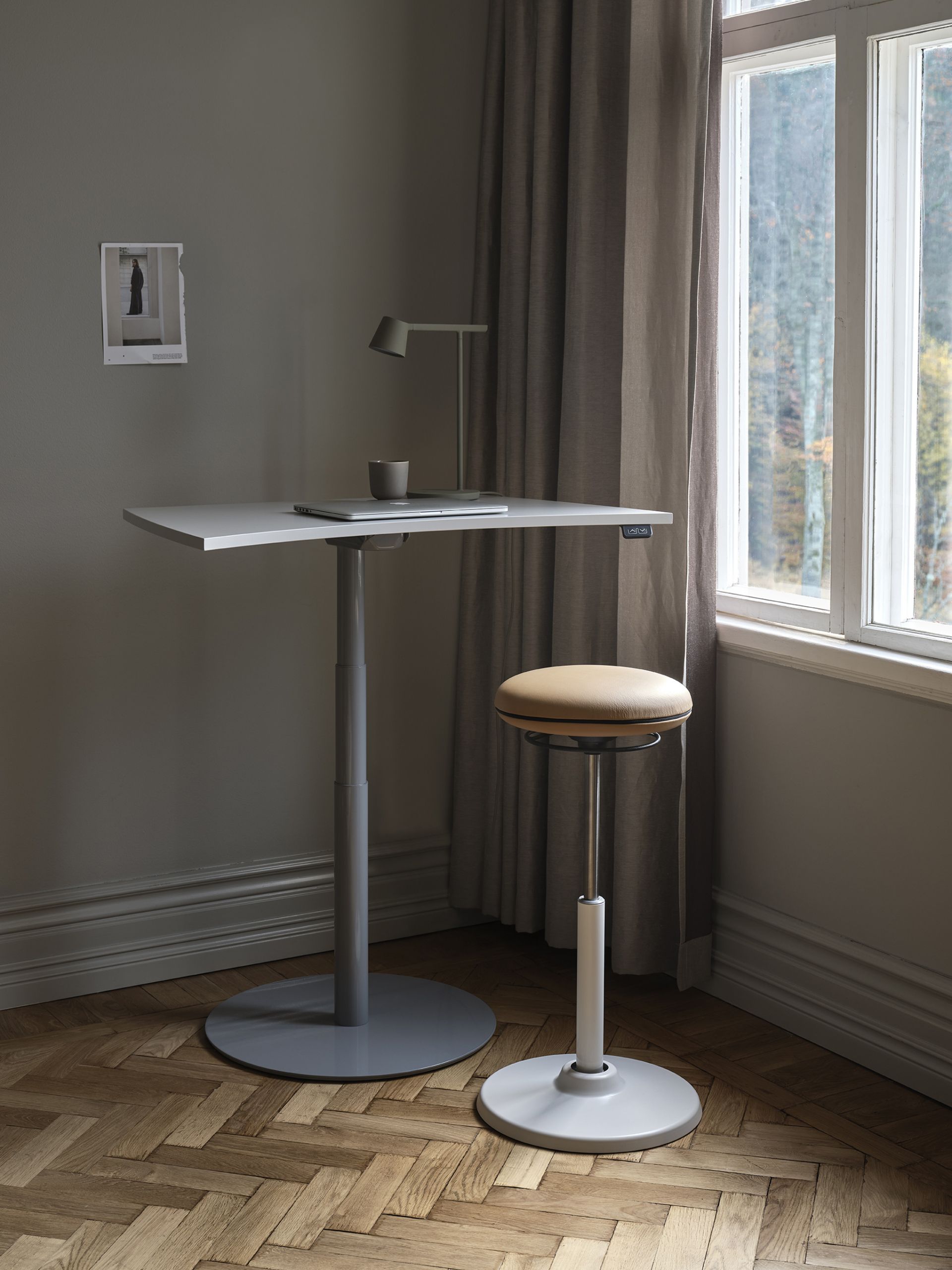
Balance is the key to a stress-free working day, and it’s also at the heart of Savo Joi, a balance stool with a joystick function that encourages an upright sitting posture, thus strengthening trunk musculature. Ideal for shorter periods of work, it makes it easy to switch between sitting and standing.
COMMUNITY, CREATIVITY AND DEVELOPMENT
Even though today’s and tomorrow’s meetings can take place anywhere, people will continue to meet face-to-face when necessary. Meetings fulfil our need for a sense of community. They allow us to be creative, solve problems together and develop by bouncing ideas off each other. But during longer meetings, most of us tend to begin fidgeting as the body prefers to be in motion.
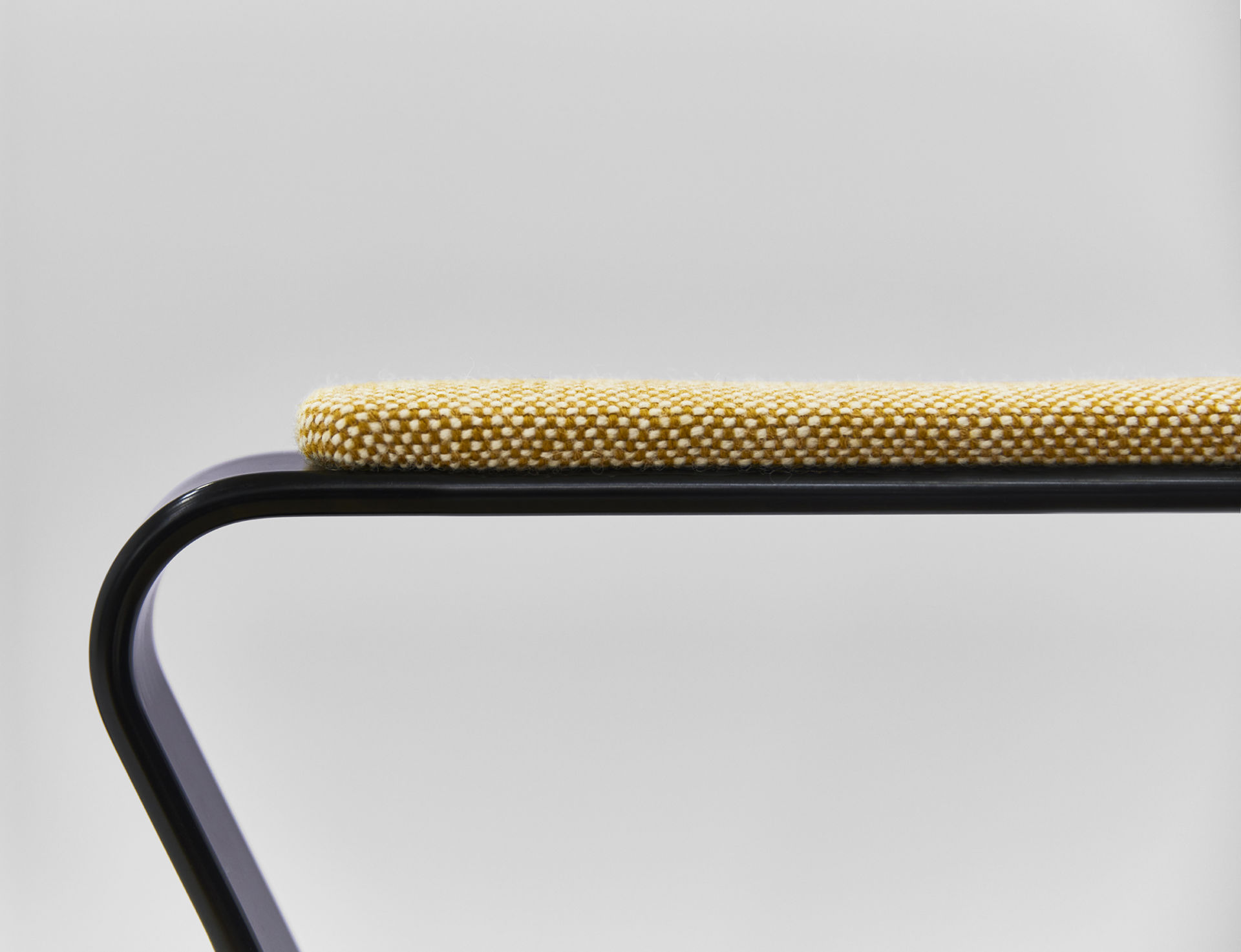
Savo Soul Conference is a work chair and meeting chair in one. Its flexi-back allows the occupant to twist left or right, and the seat back follows automatically.
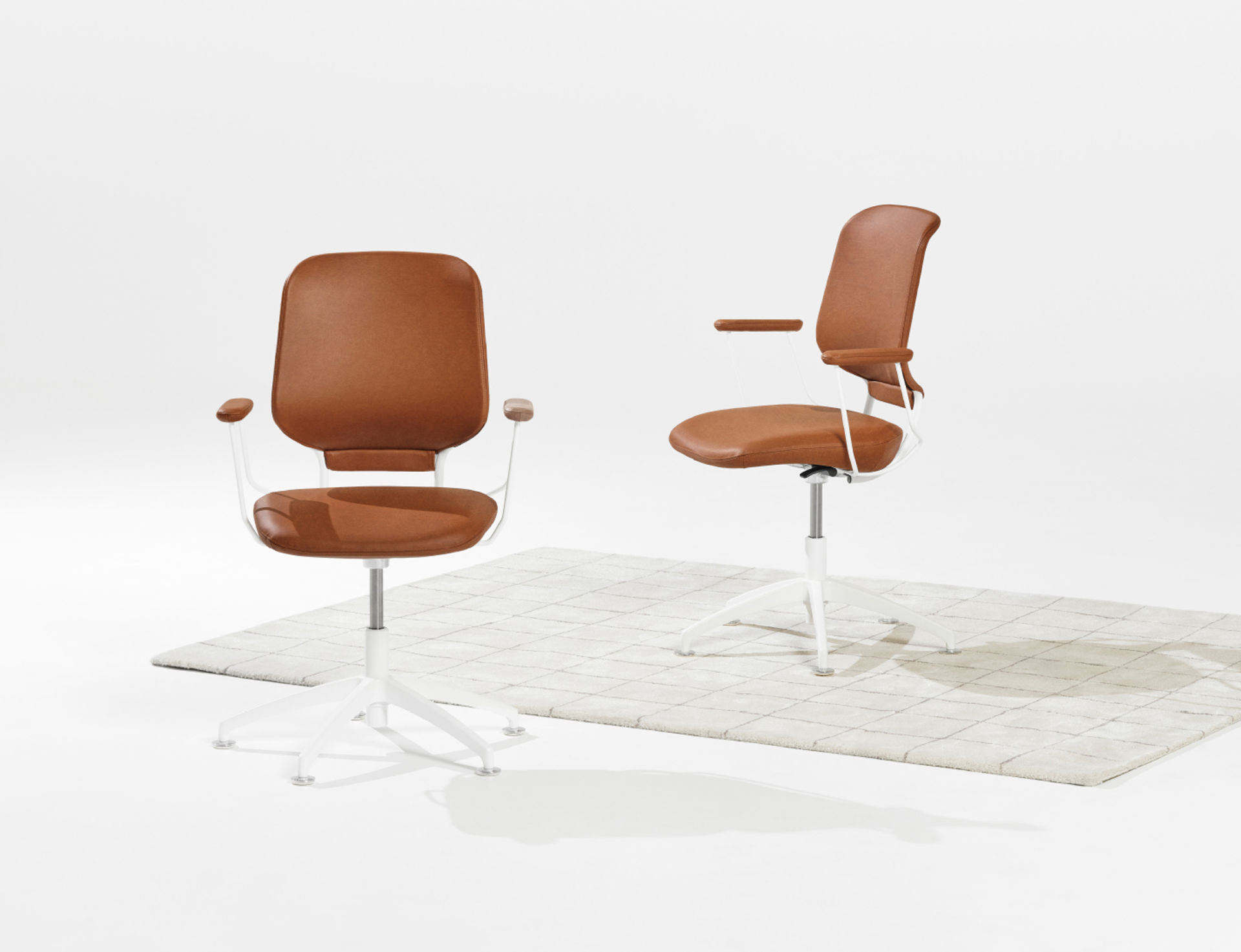
Savo Invite has a Dynamic Lean function that allows the seat back to follow the occupant’s posture and pressure automatically without any adjustment required. This allows the occupant to shift position smoothly and comfortably back and forth to stay active while seated, which is especially welcome if a meeting drags on.